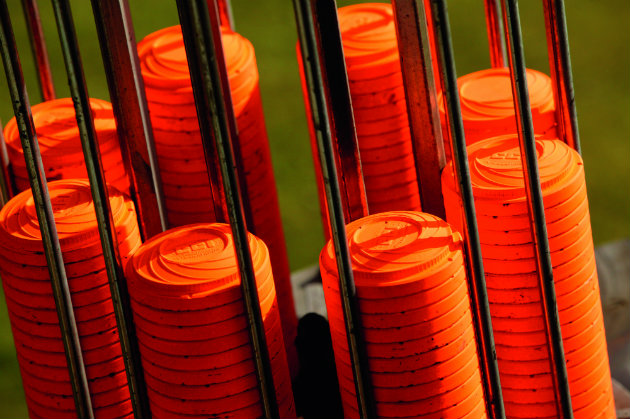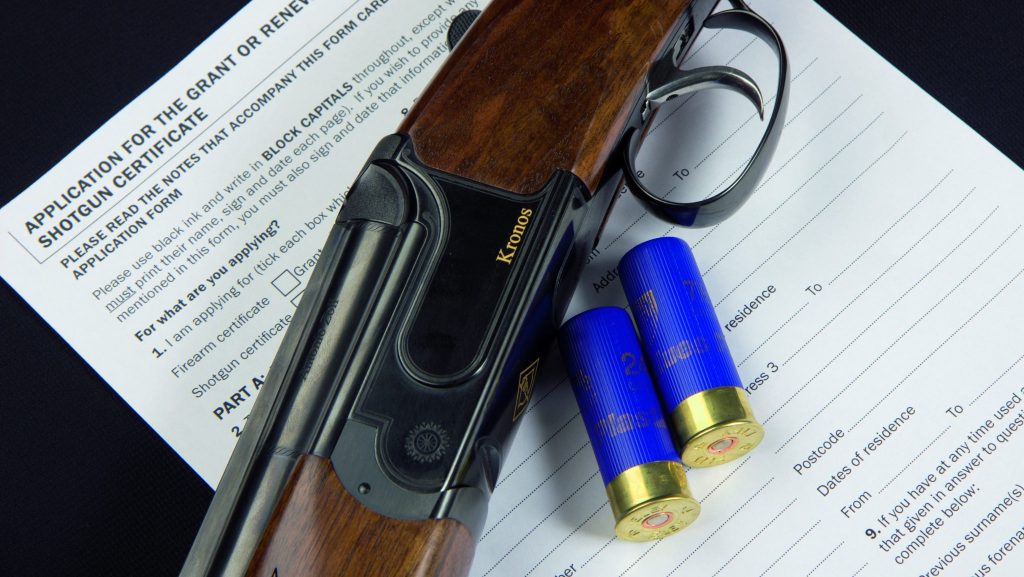Legislation
The history of the clay target
Would you like to speak to our readers? We offer sponsored articles and advertising to put you in front of our audience. Find out more.
A: The clay target, as opposed to the glass ball that preceded it, was patented in the US in 1880 by George Ligowsky of Cincinnati, Ohio. It was a dome-shaped saucer made, as the name suggests, of clay or terracotta. It was introduced to Britain by 1882, when it was described in The Field as “a simple saucer-shaped piece of brittle crockery, to which a pasteboard handle is cemented and by this handle it is projected from a spring trap and made to skim for about 40 or 50 yards with considerable velocity, somewhat resembling the flight of a partridge”.
The early targets were hard to break and Cogswell & Harrison introduced new ones, made from a composition of limestone and pitch, in England in around 1888.
Related articles
Legislation
News
Shooting
Defra confirms GL45 will not be renewed
While Defra has now announced that GL43 will be issued in the coming weeks, avian influenza risk levels are preventing the renewal of GL45
By Time Well Spent
Legislation
News
Shooting
Home Secretary set to scrutinise licensing
Shotgun and firearms licensing laws are in the spotlight after a Luton teenager murdered his family with an illegally purchased shotgun.
By Time Well Spent
Manage Consent
To provide the best experiences, we use technologies like cookies to store and/or access device information. Consenting to these technologies will allow us to process data such as browsing behavior or unique IDs on this site. Not consenting or withdrawing consent, may adversely affect certain features and functions.
Functional Always active
The technical storage or access is strictly necessary for the legitimate purpose of enabling the use of a specific service explicitly requested by the subscriber or user, or for the sole purpose of carrying out the transmission of a communication over an electronic communications network.
Preferences
The technical storage or access is necessary for the legitimate purpose of storing preferences that are not requested by the subscriber or user.
Statistics
The technical storage or access that is used exclusively for statistical purposes.
The technical storage or access that is used exclusively for anonymous statistical purposes. Without a subpoena, voluntary compliance on the part of your Internet Service Provider, or additional records from a third party, information stored or retrieved for this purpose alone cannot usually be used to identify you.
Marketing
The technical storage or access is required to create user profiles to send advertising, or to track the user on a website or across several websites for similar marketing purposes.





